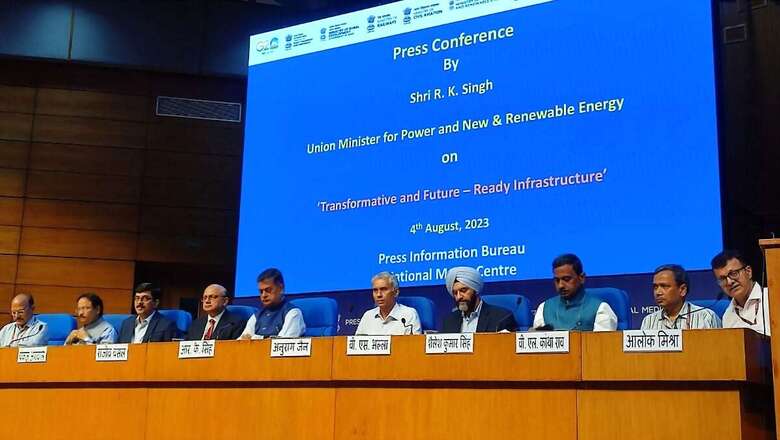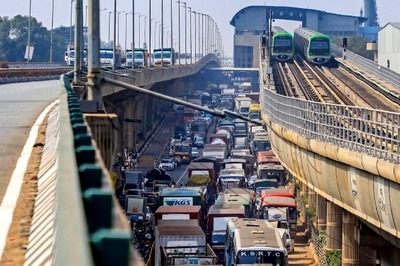
views
Telecommunication service providers are ready to cover small cities under 5G by the end of 2023, said VL Kantha Rao, additional secretary at the department of telecommunication, while talking about the progress of 5G connectivity in India.
“The pace of 5G rollout has been fast; if you look at the number of base transceiver stations (BTS) in the last nine years, when 5G rollout happened, it has doubled. If you have done 500 sites per day in the last nine years, with 5G, it is 1,000 sites per day since its rollout in October,” Rao told News18.
“The targets that we have given when we assign the spectrum is a particular number that was surpassed in the first three months. So, it is now a demand-based expansion that is happening and the commitment given by the telecom service providers is that they will cover all the taluka headquarters by the end of this year,” he said.
The DoT official, however, said there are more than 25,000 villages that have no mobile signal, among which are at least 19,000 that do not have mobile towers while about 6,000 villages either have 2G or 3G connection.
So, Rao said, the department of communication has started work to set up 4G mobile towers in these areas and sanctioned Rs 25,000 crore for it. The project has been given to BSNL, and Tata’s 4G technology equipment will be used, he said.
Minister of power, new and renewable energy RK Singh, at the same press conference on Friday, shared a list of major achievements in sectors such as power, railways, aviation, renewable energy and telecommunication. According to data shared by the union minister on 5G technology, the latest networks have been rolled out at the fastest-ever pace to enable high-speed broadband services now available in over 700 districts.
Singh also highlighted that the DoT’s research and development branch CDoT has indigenously produced comprehensive 4G and 5G non-standalone (5G NSA) Solutions, lowering reliance on technology imports.
In terms of other developments in the telecom sector, the number of mobile subscribers has increased from 90.45 crore (2014) to 114.4 crore (2023); during the same time, the number of mobile broadband subscribers has increased from 4.56 crore to 81.19 crore; number of towers has increased from 4 lakh to 9.9 lakh; and fixed broadband subscribers have increased from 1.52 crore to 3.46 crore.
In the same time period, the average broadband speed has increased from 1.7 Mbps to 30.9 Mbps while optical fibre cable network has increased from 11.05 lakh km to 38.06 lakh km – due to this, 2.05 lakh gram panchayats have been connected.
Due to growth and reforms in the telecom sector so far, in the case of Global Cybersecurity Index and Network Readiness Index, India jumped to the 10th rank in 2020 from 47th in 2018 and improved to 61st in 2022 from 67th in 2021.


















Comments
0 comment